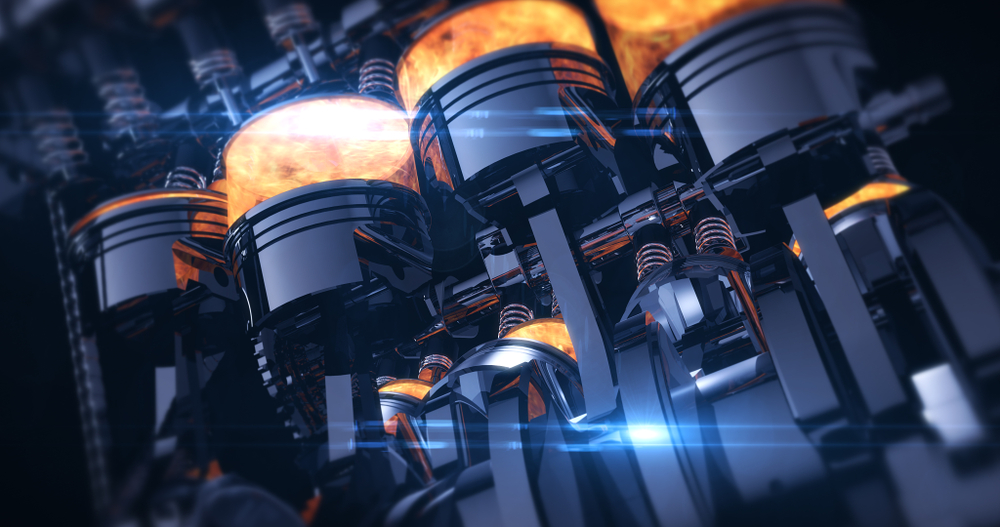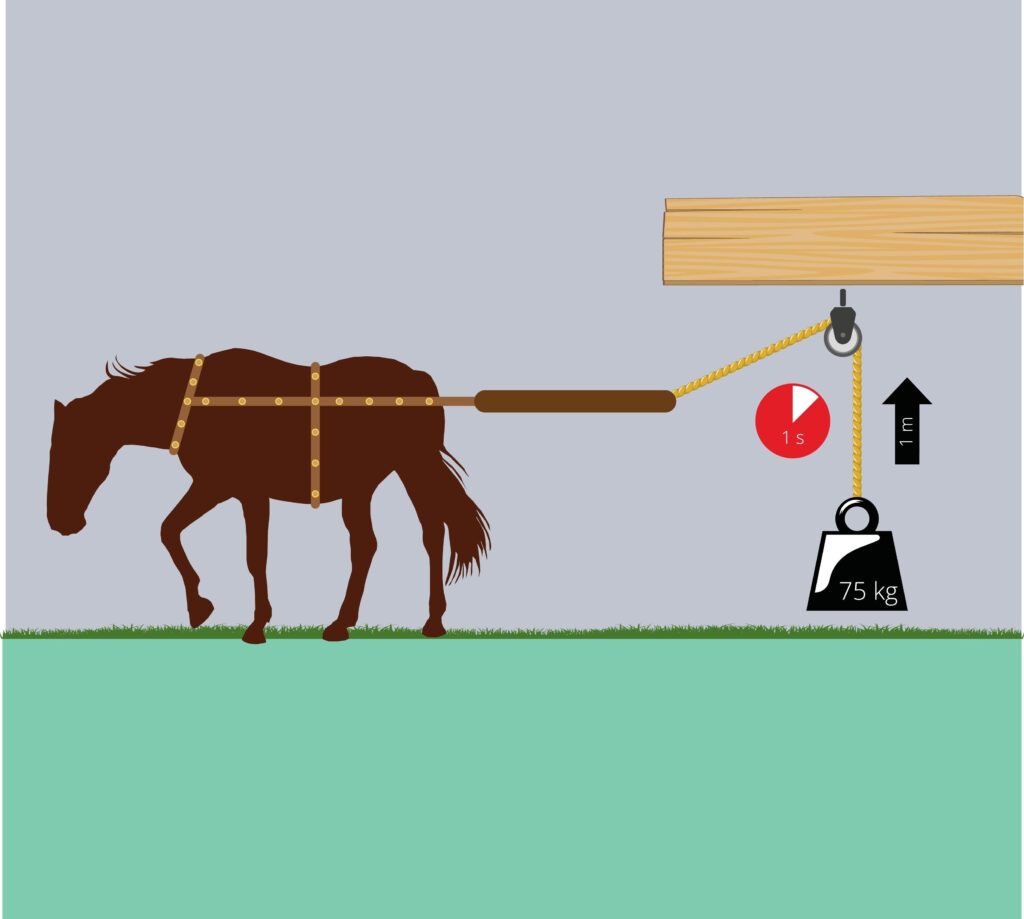Power Unleashed: Exploring Powertrains, BHP, PS, and kW in Automotive Performance
Clarification of the new terminology when looking for your new car
Powertrain – The recent trend for new terminology surrounding the motor trade is fuelled by the need to address the changing nature of how a motor car is now powered. In brief the manufacturers are trying to combine various terminologies to illustrate an understanding of performance, regardless of its power source.
Powertrain or Engine?

You can no longer take it for granted that the modern car will have a petrol or a diesel engine; it’s more likely to have a mixture of combustion engines and electric motors.
The Powertrain is a convenient name because at the same time it includes all the components that power the vehicle, in short, the combustion engine, the electric motor, and the drivetrain (gearbox). Current electric vehicle (EV) options available are.
- BEV – Battery Electric Vehicle with zero CO2 Emissions Mains or public charging only
- MHEV- Mild Hybrid Petrol or Diesel Engine as well as a small lithium-ion battery that comes into play when cruising, giving better mpg on longer journeys.
- Hybrid-Combination of petrol engine and small electric motor and a small battery, regenerative braking charges the battery, which assists the two motors in driving the car, reducing mpg.
- Full Hybrid- The Petrol engine charges a bigger battery which in turn powers the Electric Motor, which drives the wheels; a small EV range-2-5 miles improved mpg.
- PHEV-Plug-in-Hybrid petrol and electric motor, battery charged by plugging into mains electricity or public fast charger. EV range typically 30-50 miles, switches seamlessly between the electric motor and petrol engine.
BHP, PS or KW – Powertrain
The most familiar term used in the UK to determine the power output of an engine is bhp or brake horsepower; the bigger the bhp, the more powerful the engine.

The reference to horsepower was an easy explainer for a power comparison for the early steam engines invented by Thomas Savery and referenced in his book “The Miners Friend”1702.[2]and attributed to the 18th century engineer 18th James Watt
What is Brake horsepower (HP)? Without getting too technical, it measures the power or force needed to lift a mass of 75kg vertically in one second.
British Imperial equivalent is 33, 000 imperial pounds moved one imperial foot in one minute
Britannica
PS is Pferdestarke, German for “Horsepower”, the metric measurement of bhp (approximately 98.6%). SAE is the American equivalent, Society of Automotive Engineers, Italian CV cavallo vapore or French cheval-vapeur CH.
KW or kilowatt in the context of electric engines is equal to 1.34 bhp in power.
The metric PS was replaced in 1972 by the kilowatt as the official power measurement of the European Union; why PS has had a revival in recent years has yet to be discovered.
1 KW=1.34 BHP =1.356 PS
Britannica
Powertrain FAQ’s
There are other factors taken into account when considering horsepower—things like aerodynamics, the mechanical grip of the car and the overall weight. Horsepower is a good rule of thumb.
Torque measures the force that causes an object to rotate about its axis.[3] In the picture of the horse lifting the 75-kilogramme weight, the torque is in the rope and the pulley.
PS is Pferdestarke, German for “Horsepower”, the metric measurement of bhp (approximately 98.6%).
A KW or kilowatt in the context of electric engines is equal to 1.34 bhp in power.
PS is the German Si equivalent of the Imperial Brake Horse Power BHP. KW is a measurement of the same Si measurement or power generated by an electric motor. Most counties have their own designation. 1 KW=1.34 BHP =1.356 PS
PS or Pferdestarke is German metric unit of power, kW is another Si unit of power normally allocated to an Electric Vehicles performance. 1kW is equal to 1.356 PS. Example a 200PS petrol car could have a badge with 147kW, alternatively a 200kW Electric car could have a badge with 271PS.
PS or Pferdestarke is the German metric unit of power, it is the metric equivalent unit of power to Brake Horse Power or BHP. 1 PS is equal to 98.6% of BHP.
BHP is Brake Horse Power is a nett unit of power, used to measure and compare the performance of a vehicles powertrain. The powertrain comprises of the vehicles Engine ,Gearbox, generator and other motion related components.
It depends on your view point, the higher the kW generally implies a more powerful engine, faster acceleration and higher speed. However this also implies higher fuel consumption and increased emissions.
Opinion: PS (Pferdestarke) for city driving 60-100PS Audi A1 for example , for town and generally more vigorous driving 150PS Golf R-Line for example, or for performance 341PS Audi S4. In brief an increase in PS generally increases performance but as a rule negates economy and emissions.
kWh is the measure of energy i.e. the battery capacity is 70 kWh. Were as kW is the measure of power, the engine or powertrain.
